The vitality of Arctic Indigenous languages today
This text was produced for the Ságastallamin - Telling the Story of Arctic Indigenous Languages exhibition in 2019. Read more about the Ságastallamin exhibition.
Illustration: Mark Stenersen, RESULT
Arctic Indigenous languages vary in levels of vitality. Some Arctic Indigenous languages are withering away as their last native speakers age, while others are spoken on the radio and taught at universities.
UNESCO’s Language Vitality and Endangerment framework assesses the vitality of a language using factors like transmission from older generations to youth, the number of speakers, and availability of education materials. Arctic Indigenous languages land in varying locations on the UNESCO scale.
Researchers estimate about twenty Arctic Indigenous languages have faced extinction since the 1800s and thirty more are currently endangered, which means they are not being transferred to young, new speakers anymore. Pite Sámi, Ahtna, Tanana, Kereks and several others are classified as “critically endangered” on the UNESCO scale, with less than 50 remaining speakers.
Others like North Sámi and Inuktitut are much stronger. These languages are spoken actively in homes and taught at educational institutions from elementary schools to universities.
Perhaps the most vital of the Arctic Indigenous languages is Kalaallisut, an Inuit language with over 50 000 speakers in Greenland. It is recognized as the only official language of Greenland, with Danish as a second language.
Although many Arctic Indigenous languages are threatened, there has been a growing movement among Indigenous Peoples to establish initiatives that revitalize their languages.
Language maintenance and revitalization
Well-planned and implemented language policies can bolster the ongoing efforts of speaker communities to maintain or revitalize their mother tongues and pass them on to younger generations
The aim of UNESCO’s Endangered Languages Programme is to support communities, experts and governments by producing, coordinating and disseminating:
• tools for monitoring, advocacy, and assessment
of status and trends in linguistic diversity
• services such as policy advice, technical expertise and training, good practices and a platform for exchange and transfer of skills
The combination of nine factors can determine the viability of a language, its function in society and the type of measures required for its maintenance or revitalization:
Absolute number of speakers
Proportion of speakers within
the total populationAvailability of materials for language education and literacy
Response to new domains and media
Type and quality of documentation
Governmental and institutional language attitudes and policies, including official status and use
Shifts in domains of language use
Community member’s attitude towards their own language
Intergenerational language transmission
(UNESCO’s Ad Hoc Expert Group on Endangered Languages) www.unesco.org

